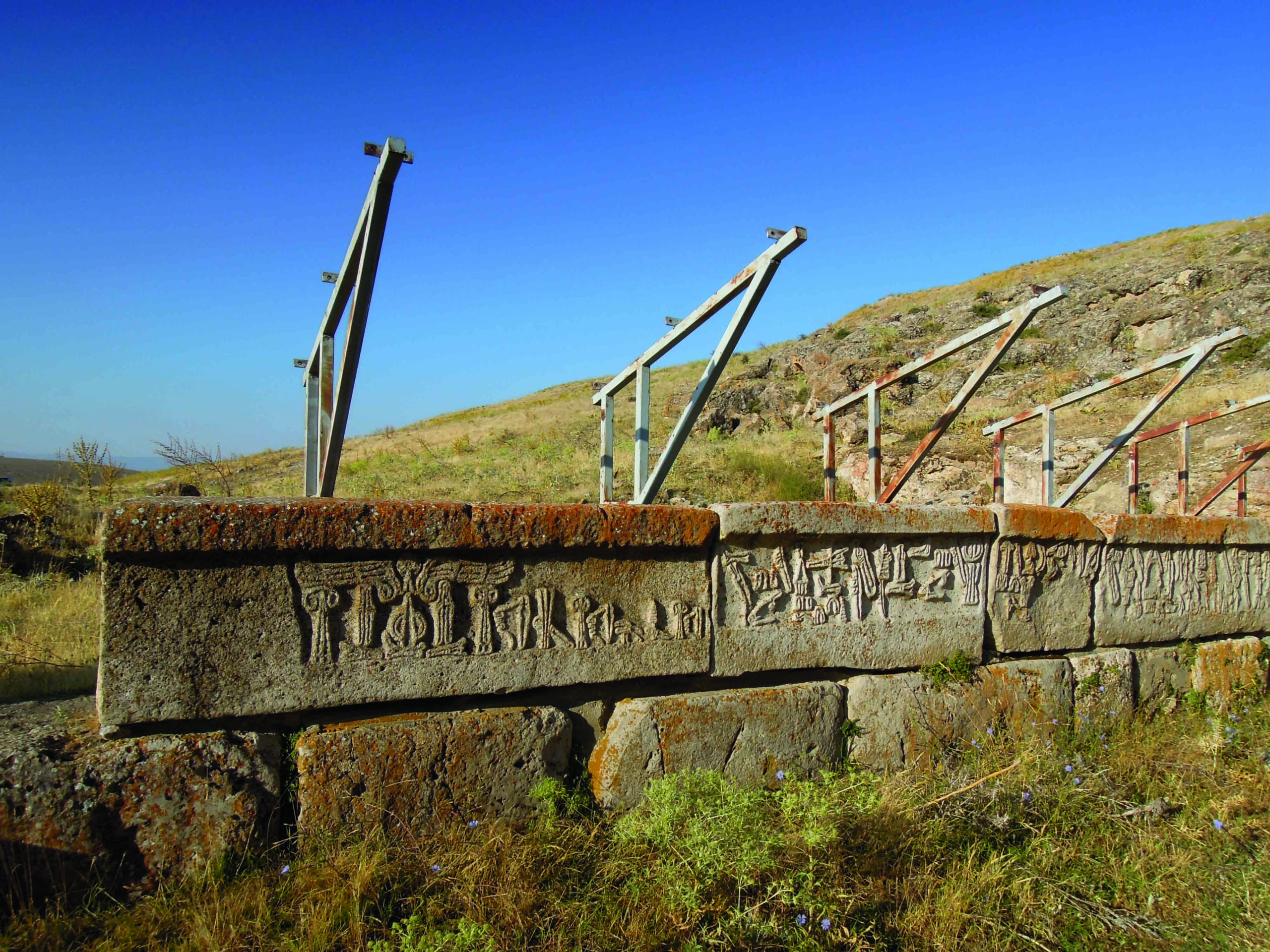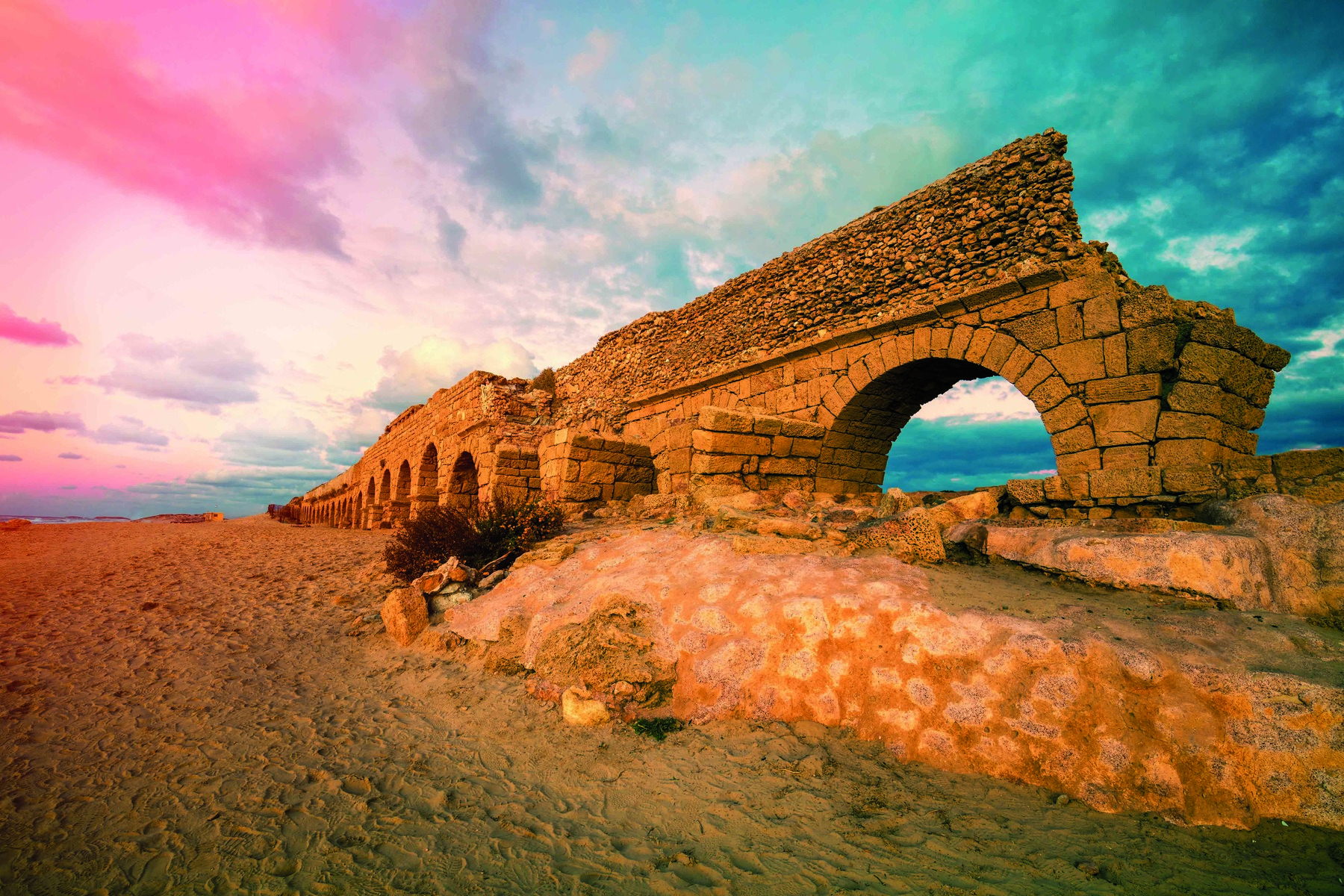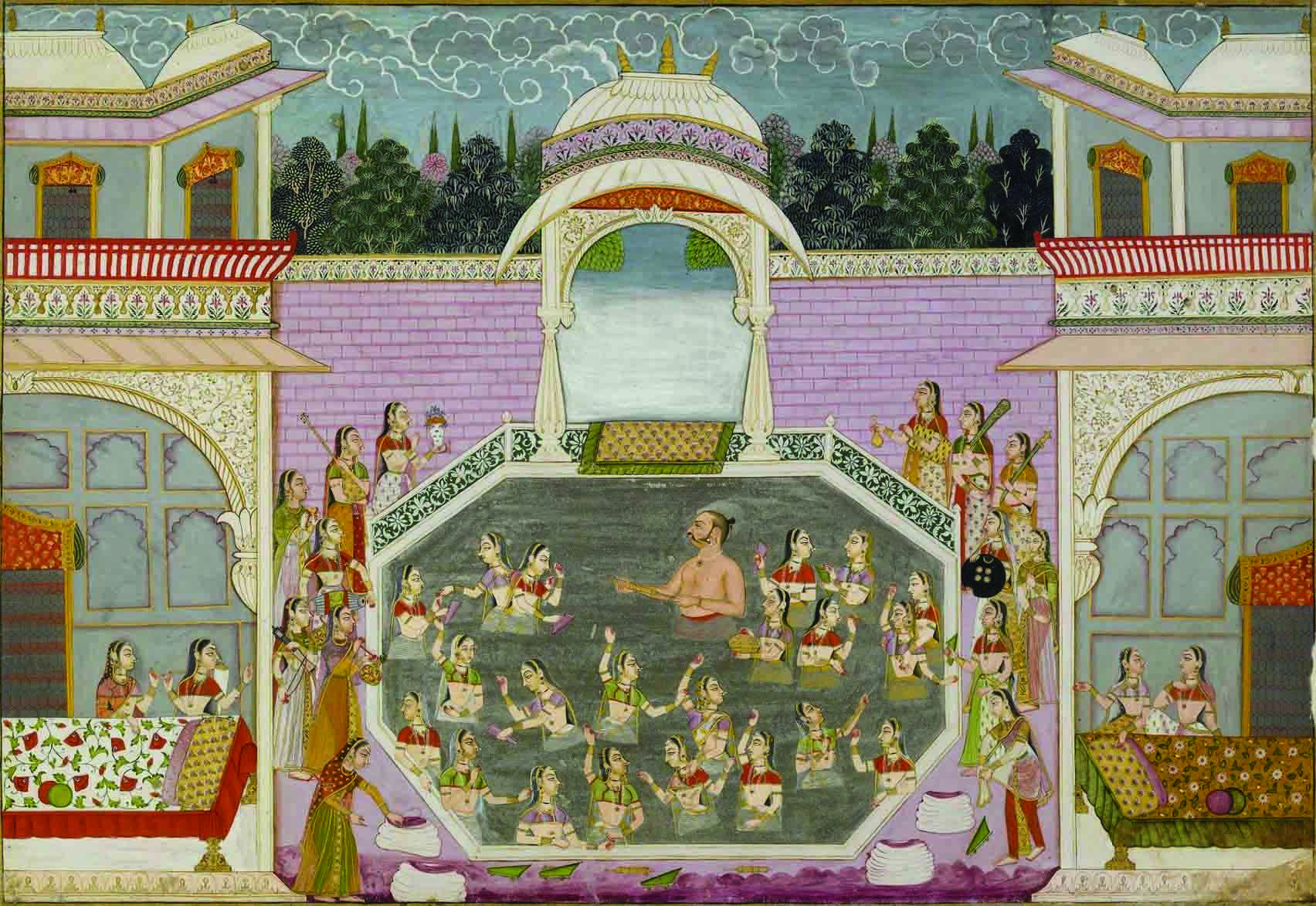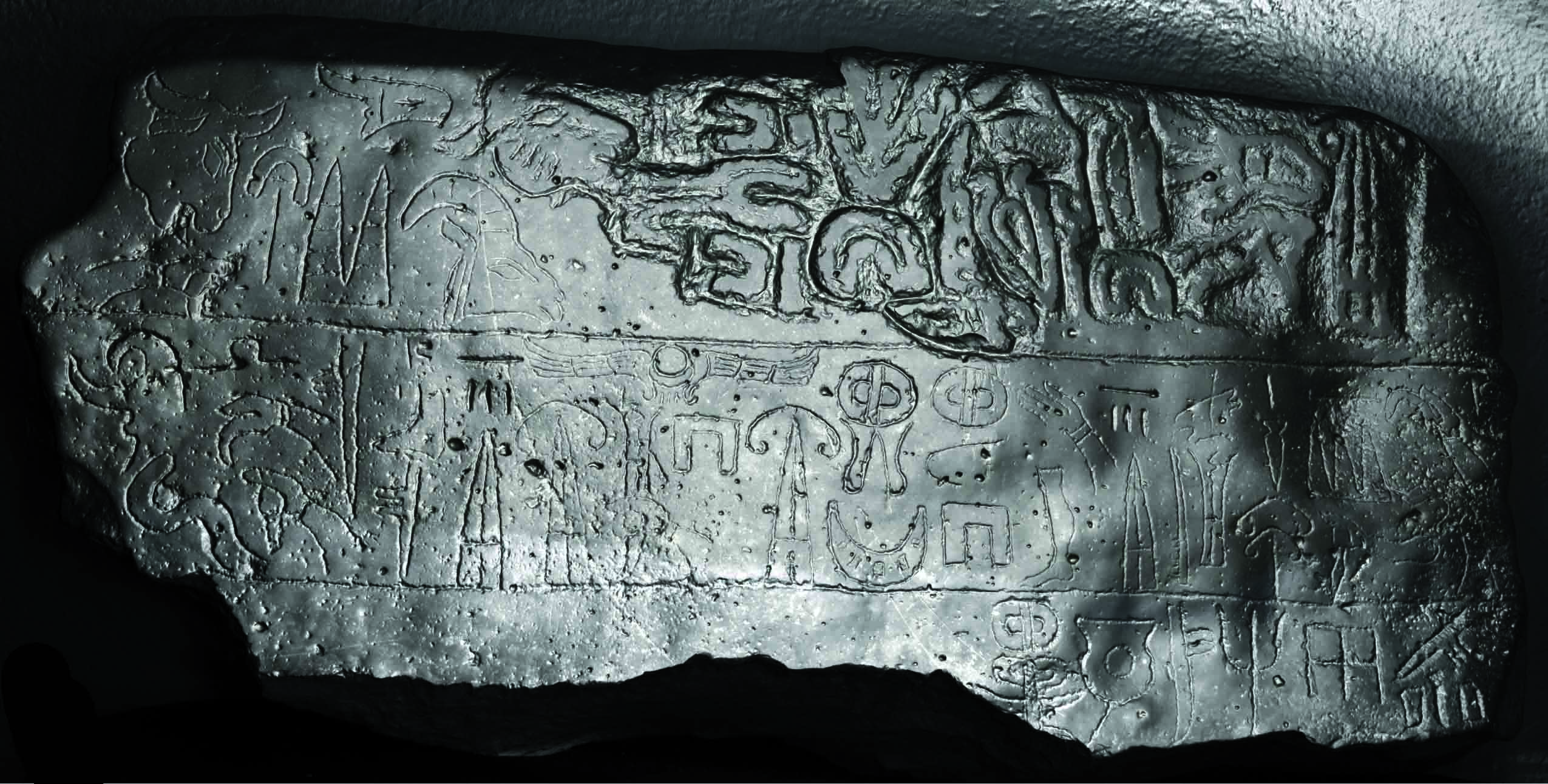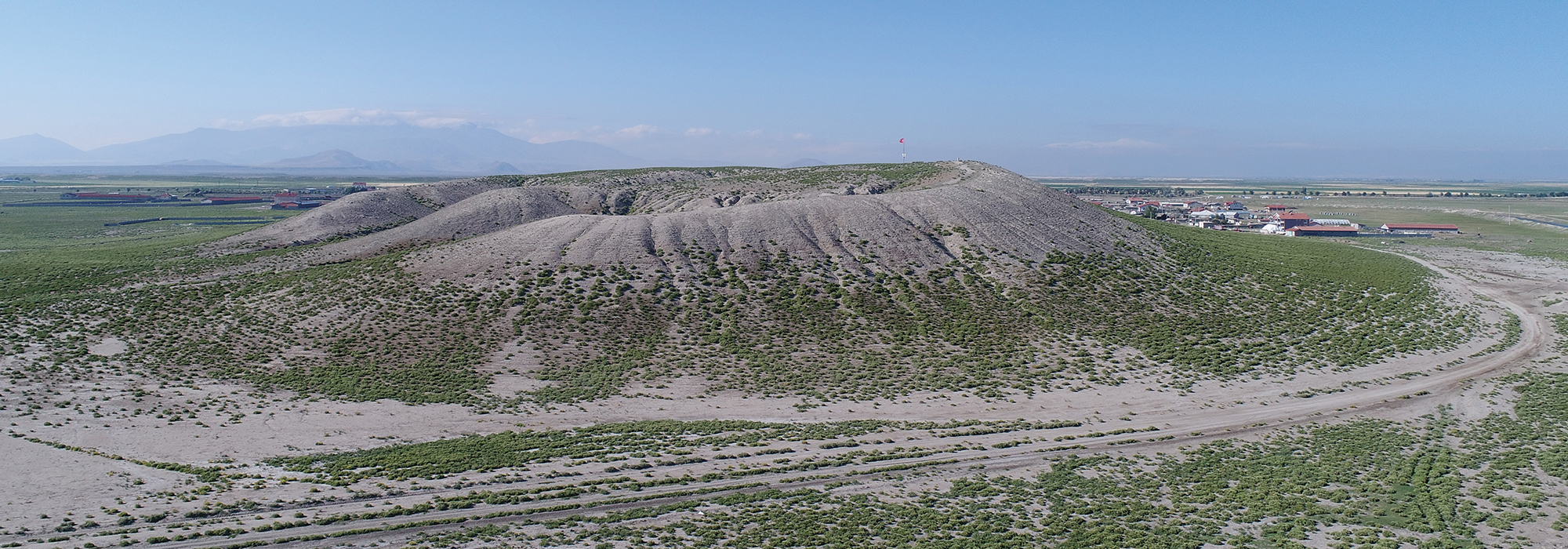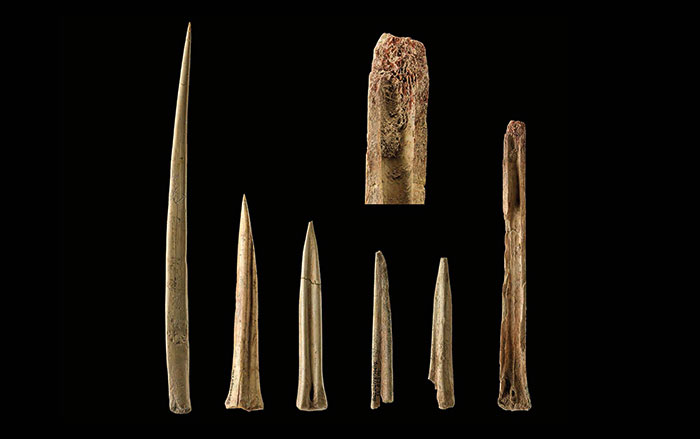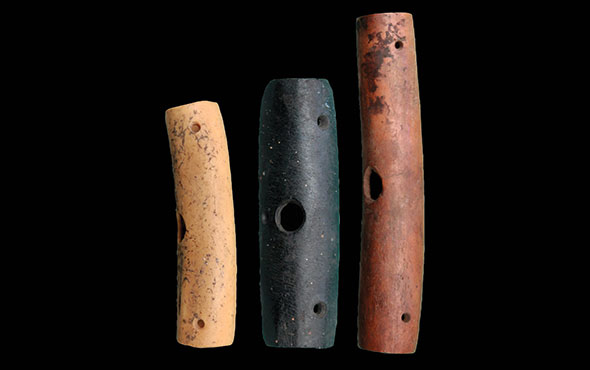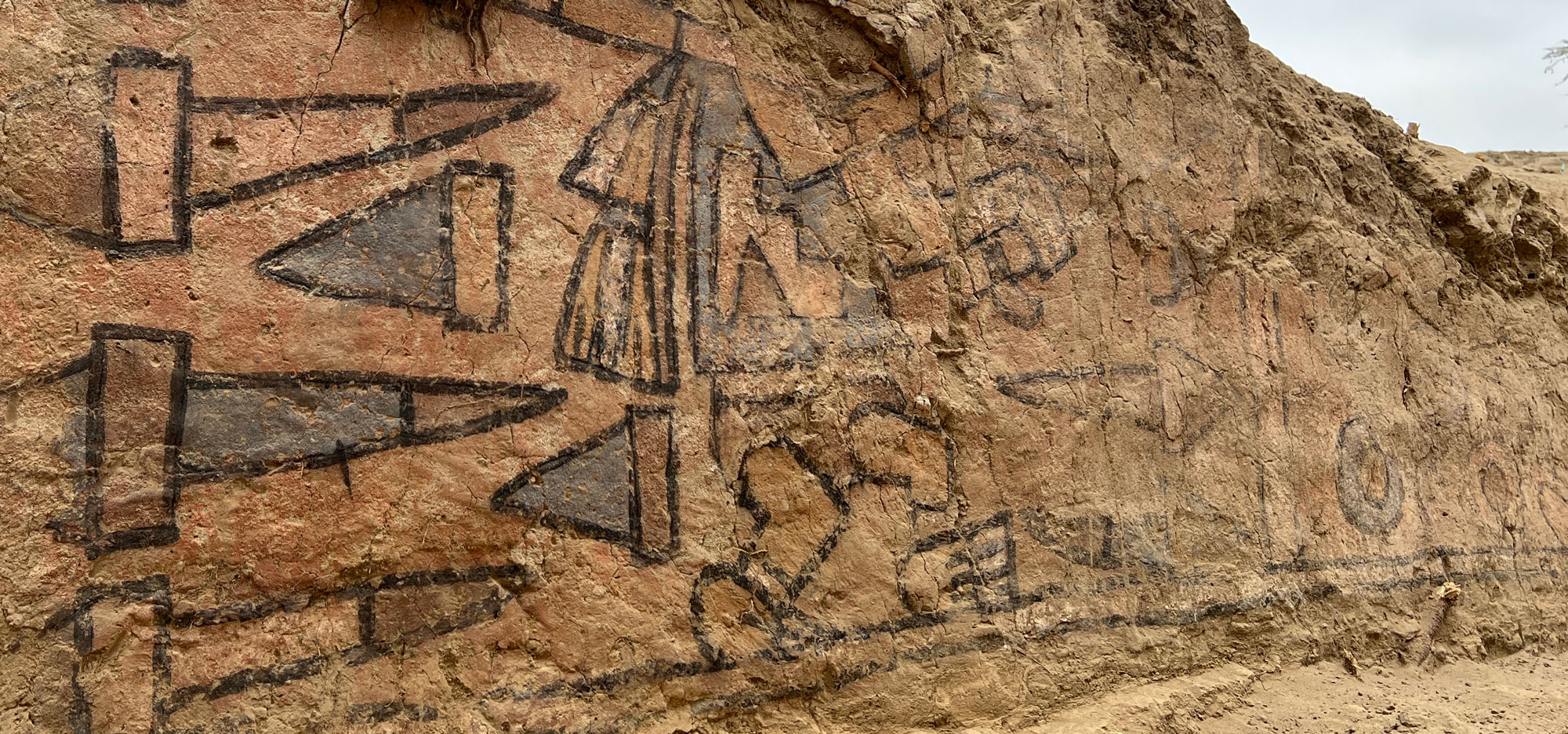
Since the Early Bronze Age (3000–2500 B.C.) and even into the present, a natural spring at Yalburt Yaylası in the pastoral highlands of Konya Province in central Turkey (ancient Anatolia) has been a place of deep human engagement with water. This fact was not lost on the rulers of the Hittite Kingdom, especially King Tudhaliya IV (reigned ca. 1237–1209 B.C.), who built a monument to himself at the site of the spring. The 42-by-25-foot limestone-lined pool was discovered in 1970 and has recently been restudied by archaeologists Ömür Harmansah and Peri Johnson of the University of Illinois Chicago, codirectors of the Yalburt Yaylası Archaeological Landscape Research Project. The pool is one of the most important monuments from the Hittite Kingdom, which was centered in Anatolia but extended to the northern Levant and Upper Mesopotamia. It is inscribed with a hieroglyphic Luwian text recounting the king’s military conquests in southwestern Anatolia.
Water was critical to the Hittites as a natural resource to support their agricultural and pastoralist society, but they also attached great religious and political importance to water and places associated with it. Harmansah explains that the Yalburt Yaylası monument, as well as dozens of others across the empire built on the sites of culturally prominent and symbolically important springs, stands as a testament to their beliefs. “These Hittite water monuments speak to religious and ritual practice and to how people relate to water, as well as to how those places are culturally significant and part of people’s identity,” he says. They are also an example of how the Hittite state constructed monuments associated with water to create imperial propaganda. “The Hittites understood springs as places of direct connection to the underworld and envisioned the point where water comes out of the rock as a portal through which to speak with their ancestors,” says Harmansah. “These places are so crucial that Hittite kings tended to sign international treaties at these springs so their ancestors could be witnesses. I can imagine Tudhaliya doing just that at Yalburt Yaylası.”
